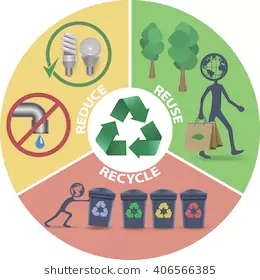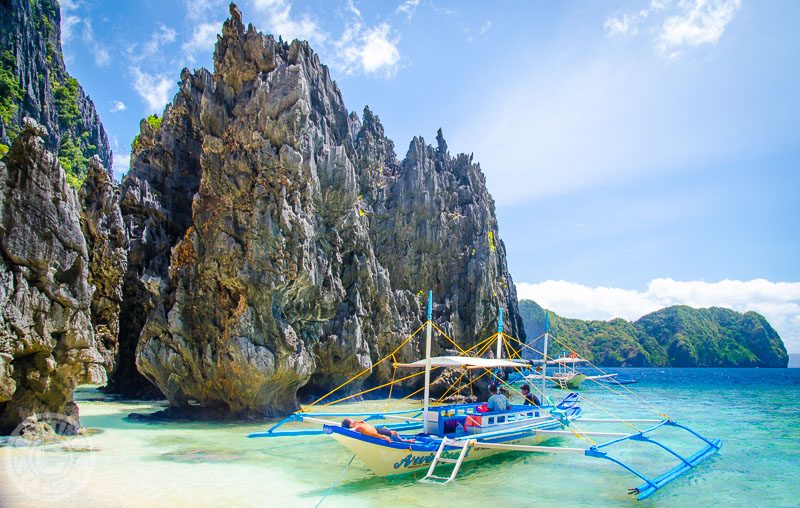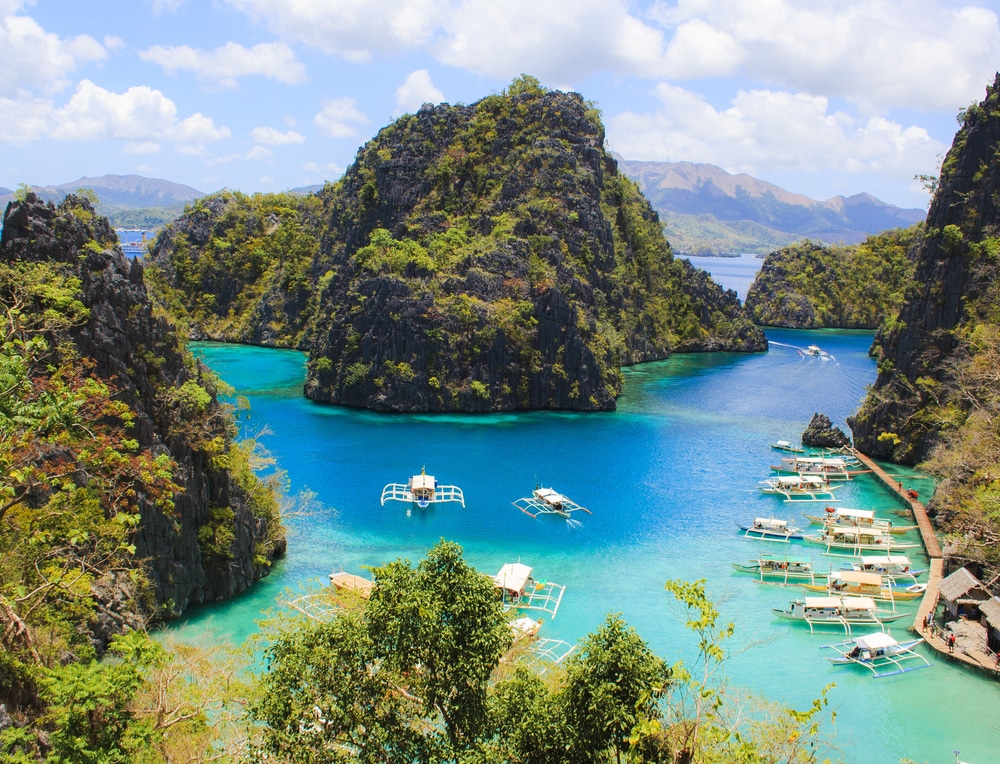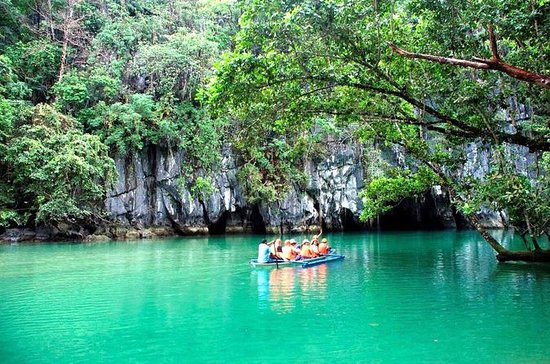We cannot separate ourselves from our environment.
Globally, about 1.5 billion people live without safe drinking water, and more than 12 million die annually of cholera, typhoid fever or other waterborne illnesses. Thousands of chemicals are used in consumer and industrial products without being tested for safety, and many—including pesticides, flame retardants and jet fuel—join neurotoxins like lead from corroded water pipes and end up in our bodies. Air pollution ravages our lungs, exacerbating asthma, allergies, COPD and other bodily harms. Continued over-reliance on fossil fuels is warming our planet, flooding coastlines and shifting the battlefields against certain diseases.
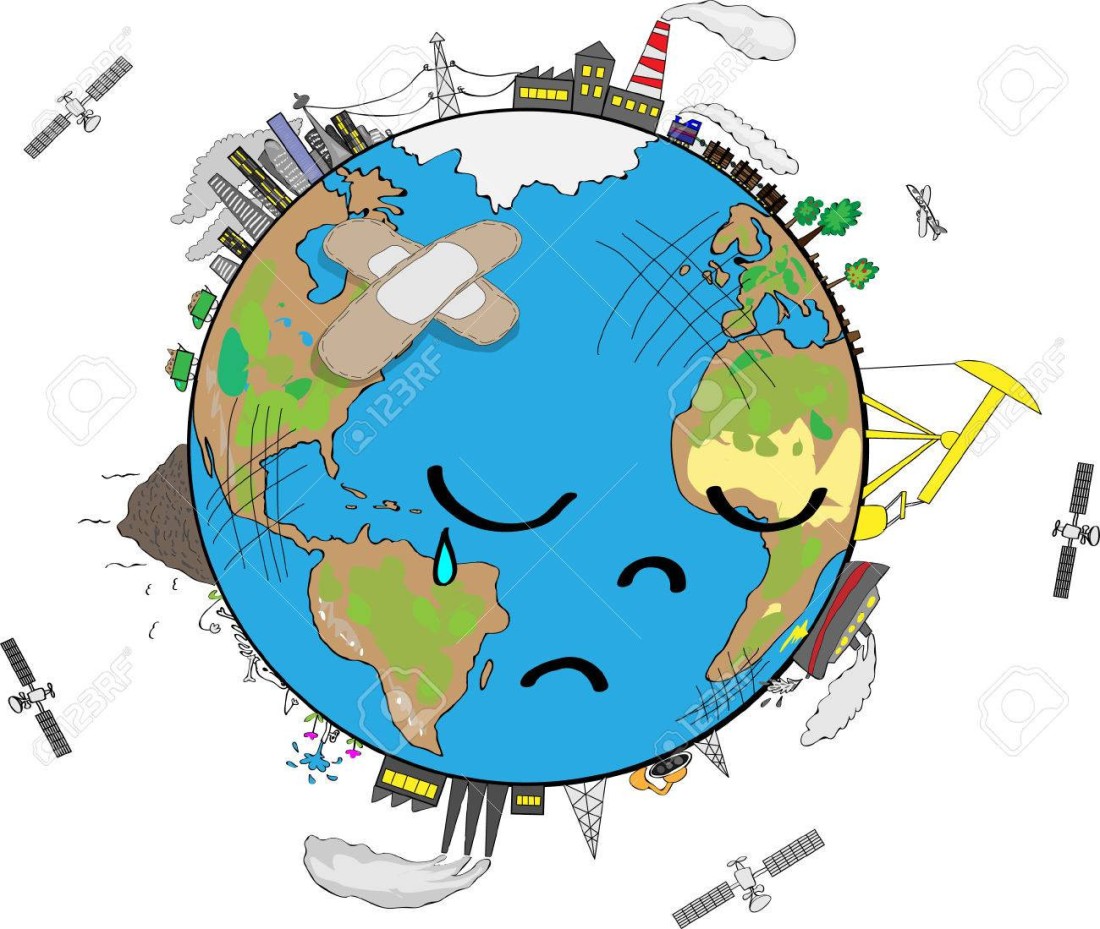
Have you ever wondered what the places around you looked like 40 years ago? Like, how long has that building been there? Has there always been this much trash in this river? Did there used to be more open space in this area? We’ve asked these questions, too.
If we can get transportation, food and water right in cities, we can truly save the planet. This might seem impossible, but cities have always been engines of innovation. And cities are where voters really do connect to the leaders. They vote mayors in or out on the basis of what they do for the city. Best of all, actions to improve or enrich urban environments typically deliver visible benefits with almost no delay. When a river is restored in a city, residents immediately take to the riverwalks or running trails that are built. When a bike path is opened, it quickly becomes crowded. When urban gardens are planted, the diets and knowledge of food in a neighborhood change. Rapid feedbacks make positive steps in cities positively catalytic. Social norms and unsustainable behavior will not be easy to change, but when they do, the change will almost certainly begin in cities.
PROTECTING OUR EARTH STARTS WITH YOU
- Reduce, reuse, and recycle. Cut down on what you throw away. Follow the three “R’s” to conserve natural resources and landfill space.
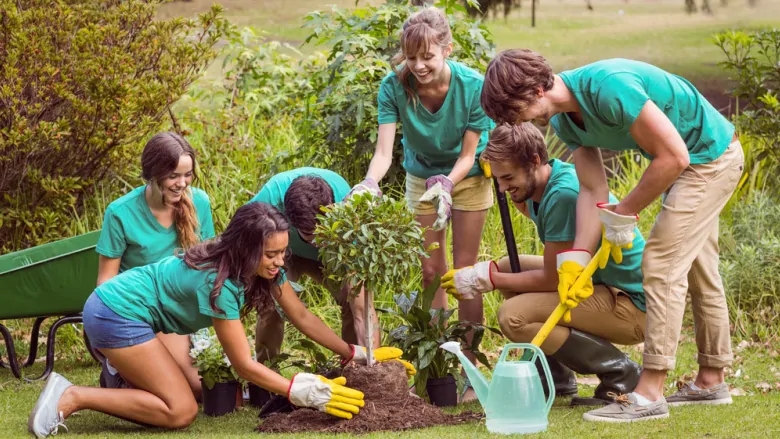
- Volunteer. Volunteer for cleanups in your community. You can get involved in protecting your watershed, too.
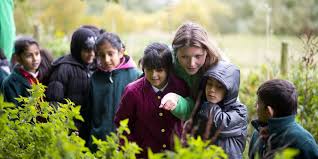
- Educate. When you further your own education, you can help others understand the importance and value of our natural resources.
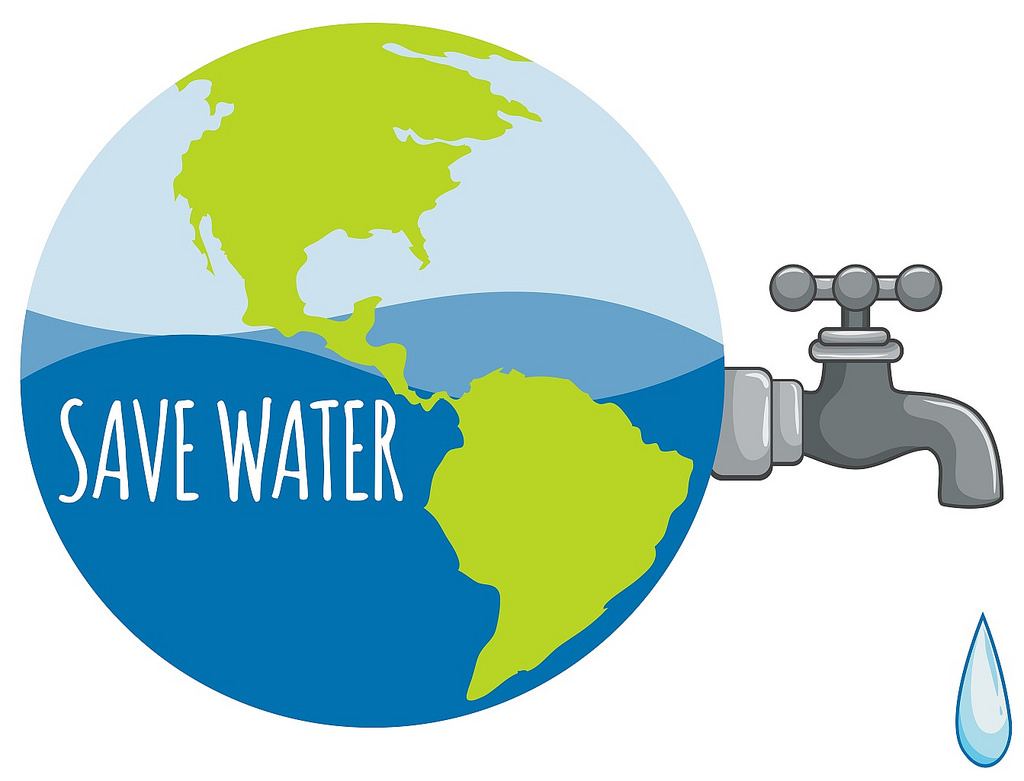
- Conserve water. The less water you use, the less runoff and wastewater that eventually end up in the ocean.

- Shop wisely. Buy less plastic and bring a reusable shopping bag. Also, avoid junk foods and shop fruits more.
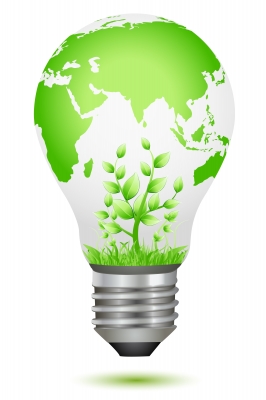
- Use long-lasting light bulbs. Energy efficient light bulbs reduce greenhouse gas emissions. Also flip the light switch off when you leave the room!
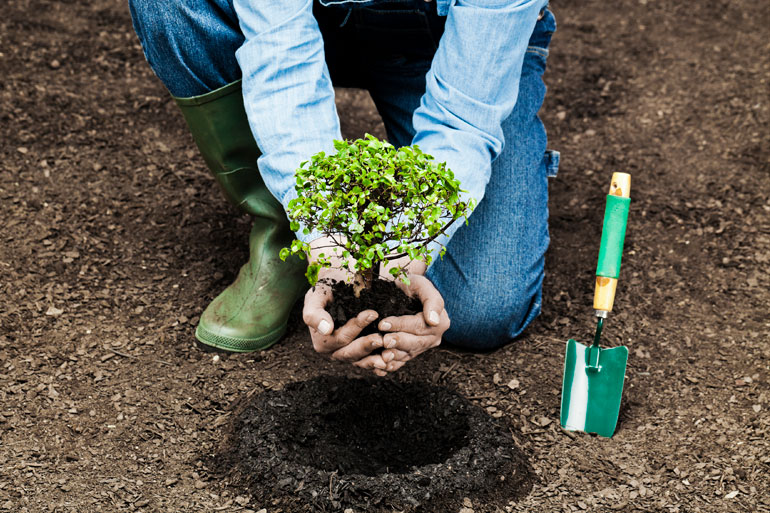
- Plant a tree. Trees provide food and oxygen. They help save energy, clean the air, and help combat climate change.
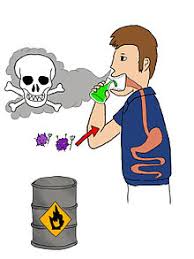
- Don’t send chemicals into our waterways. Choose non-toxic chemicals in the home and office.
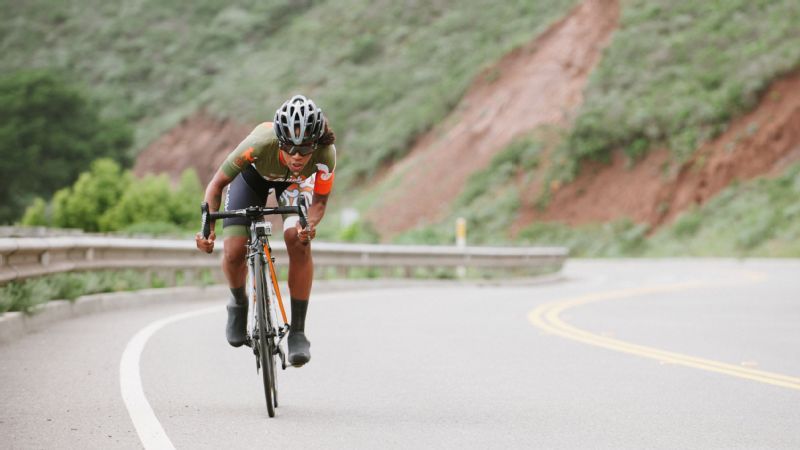
- Bike more. Drive less.
I have here a video showing what will destroy planet earth… (credits)

